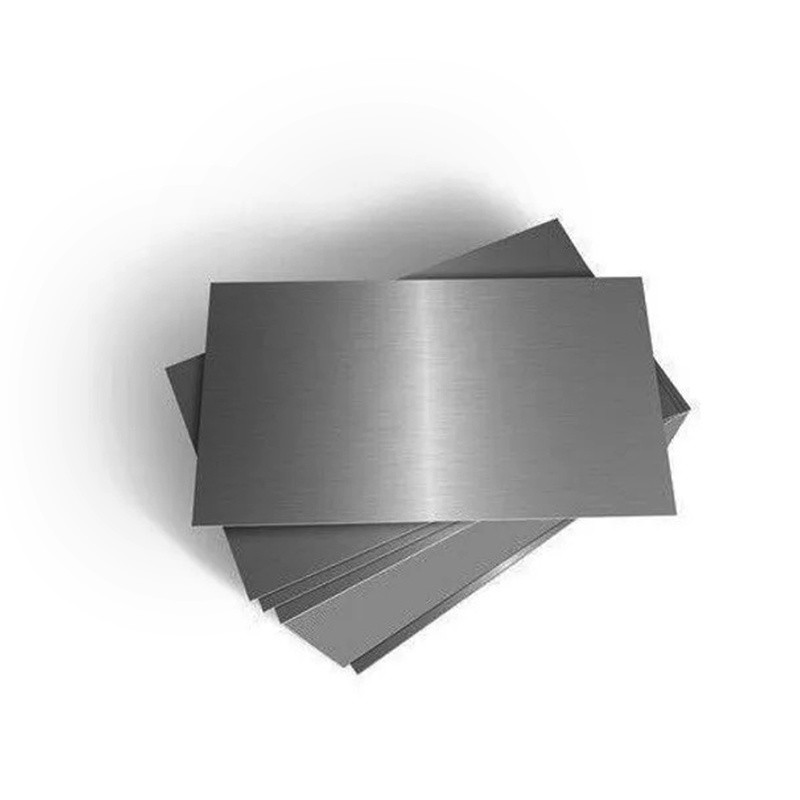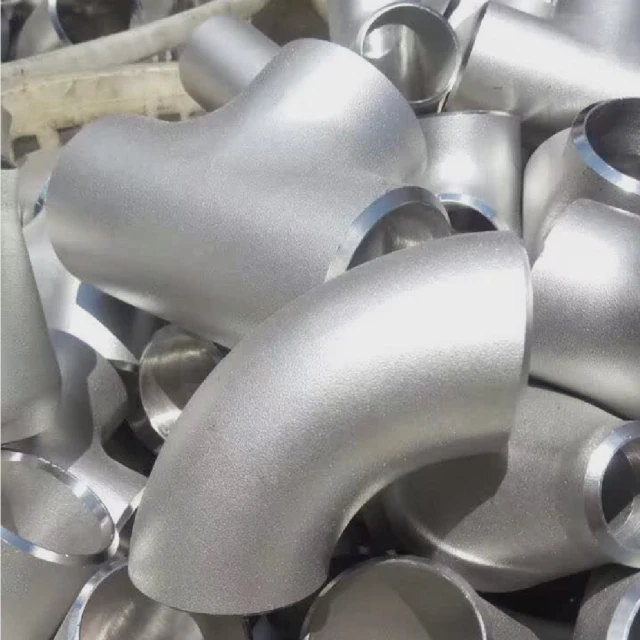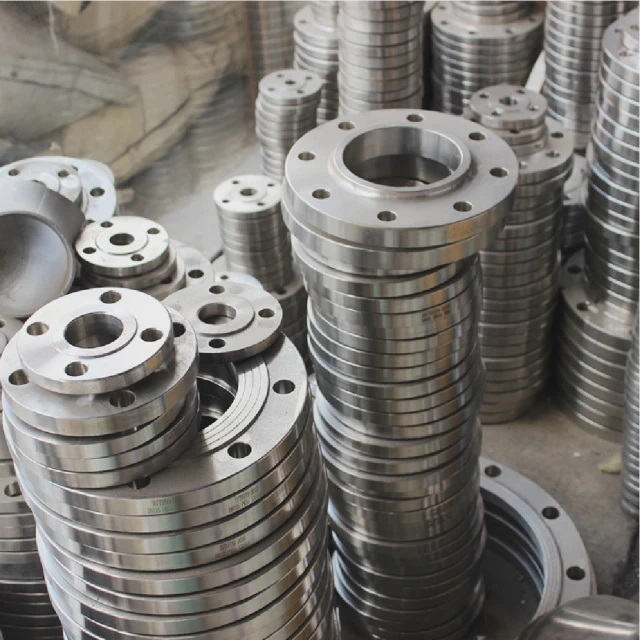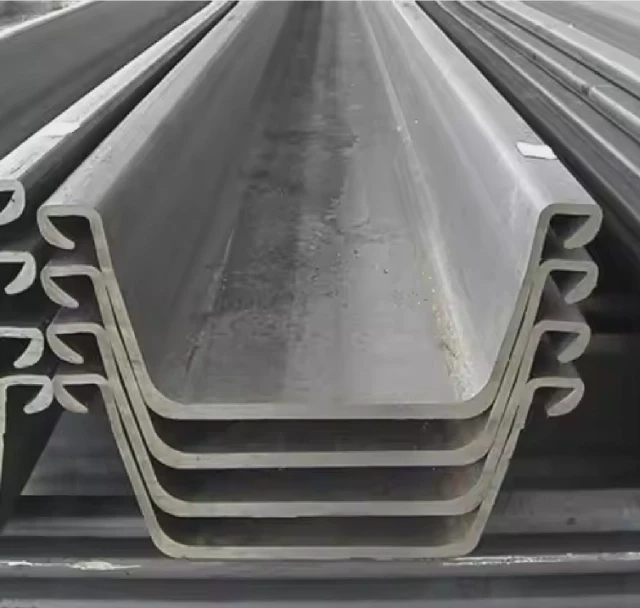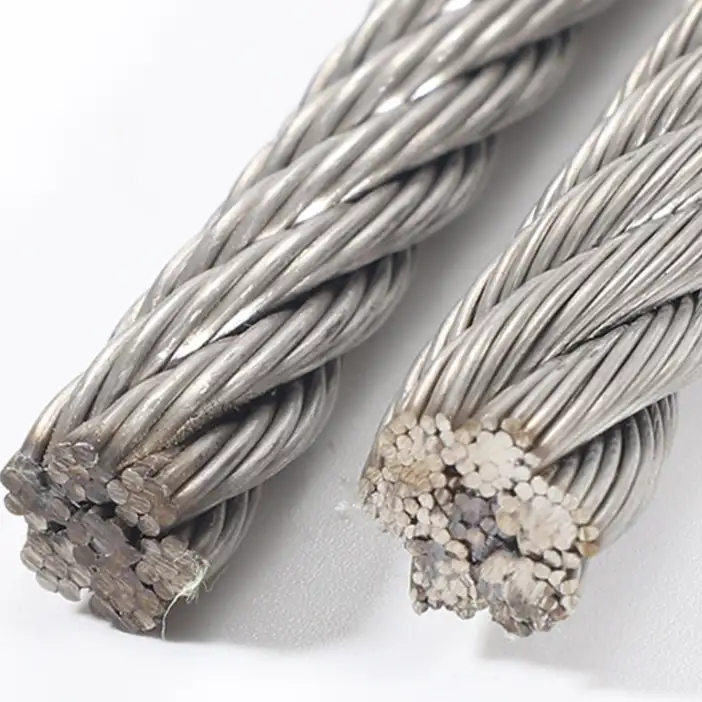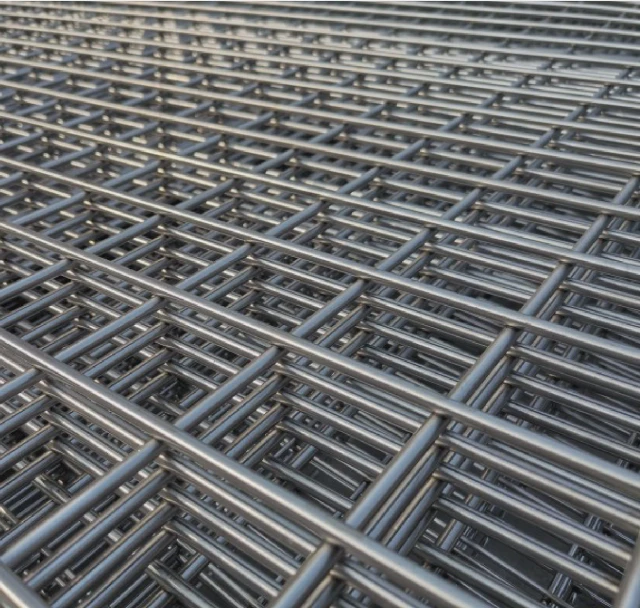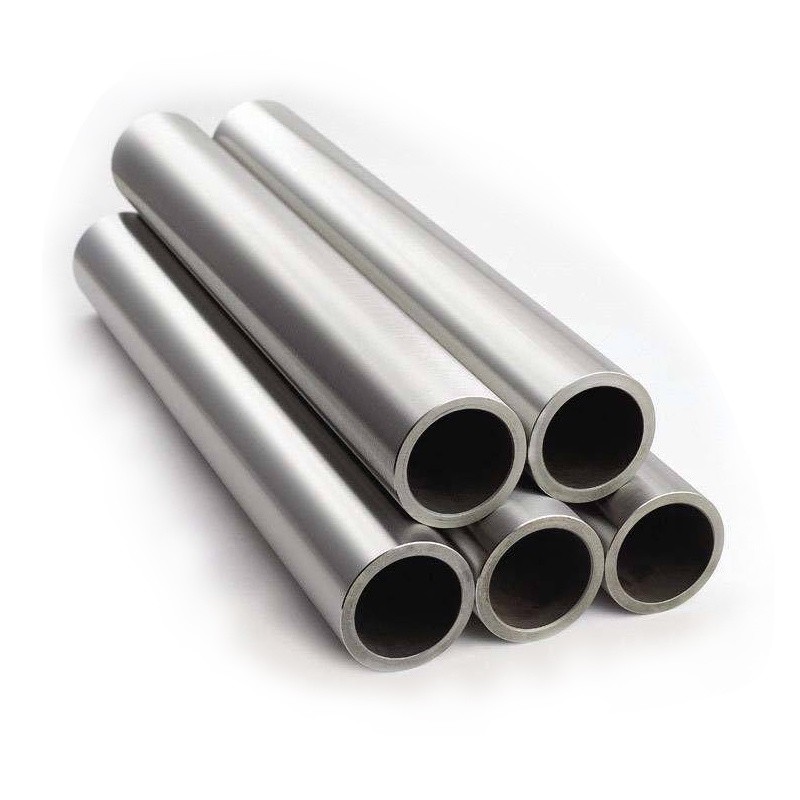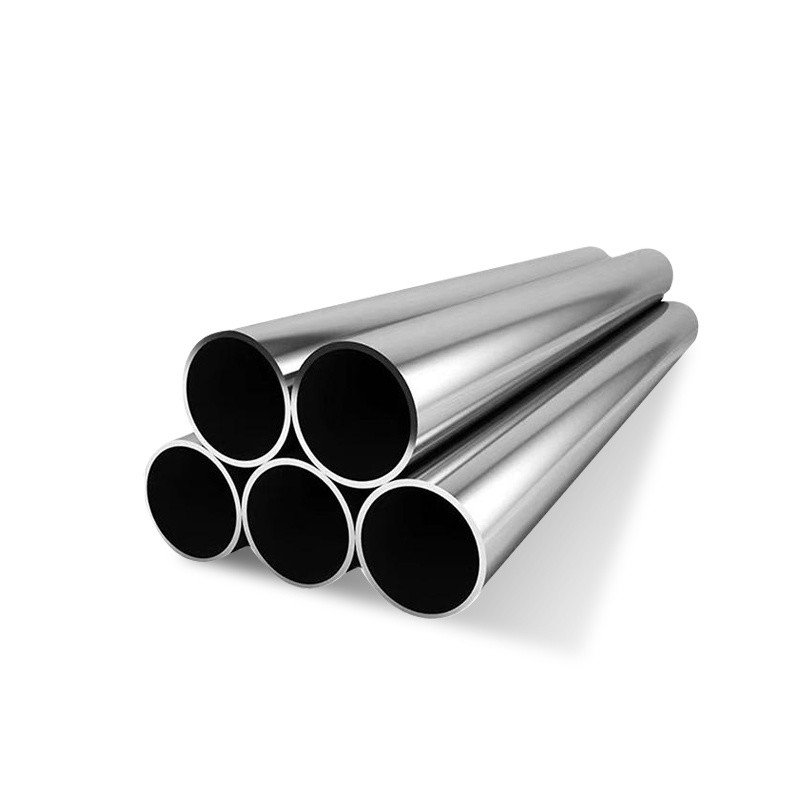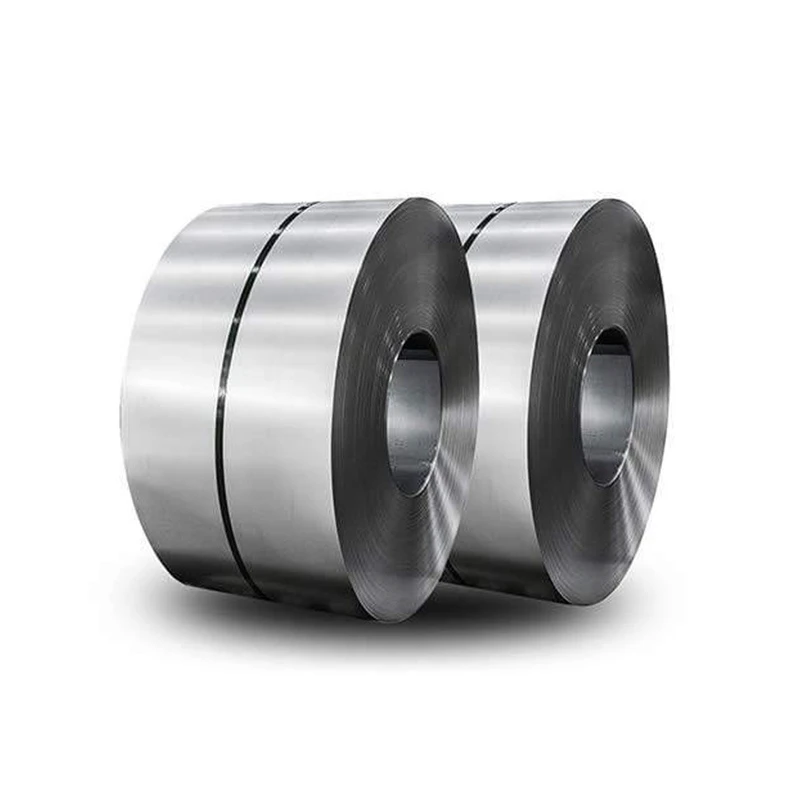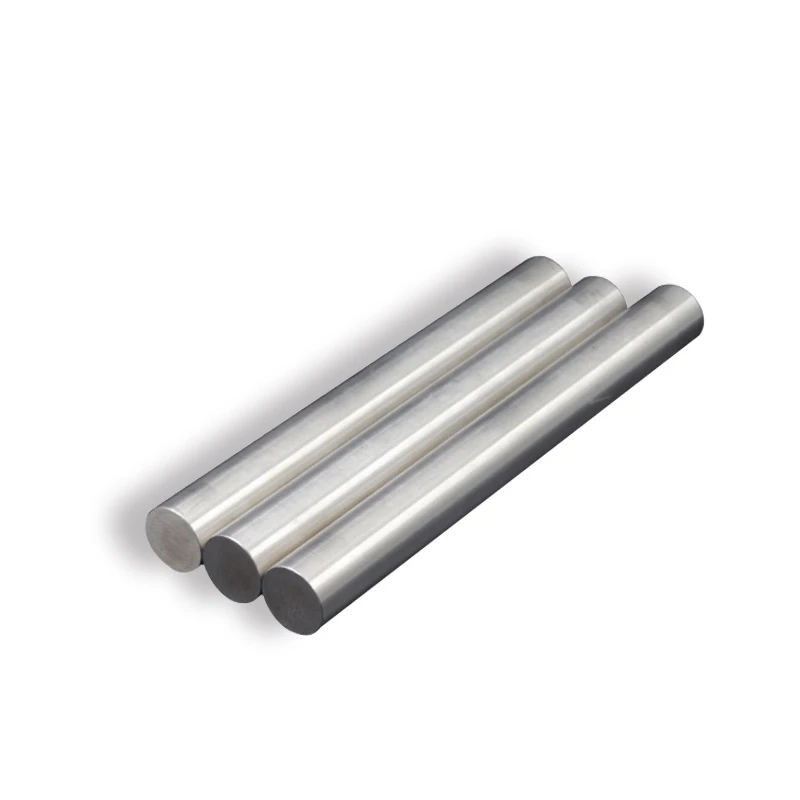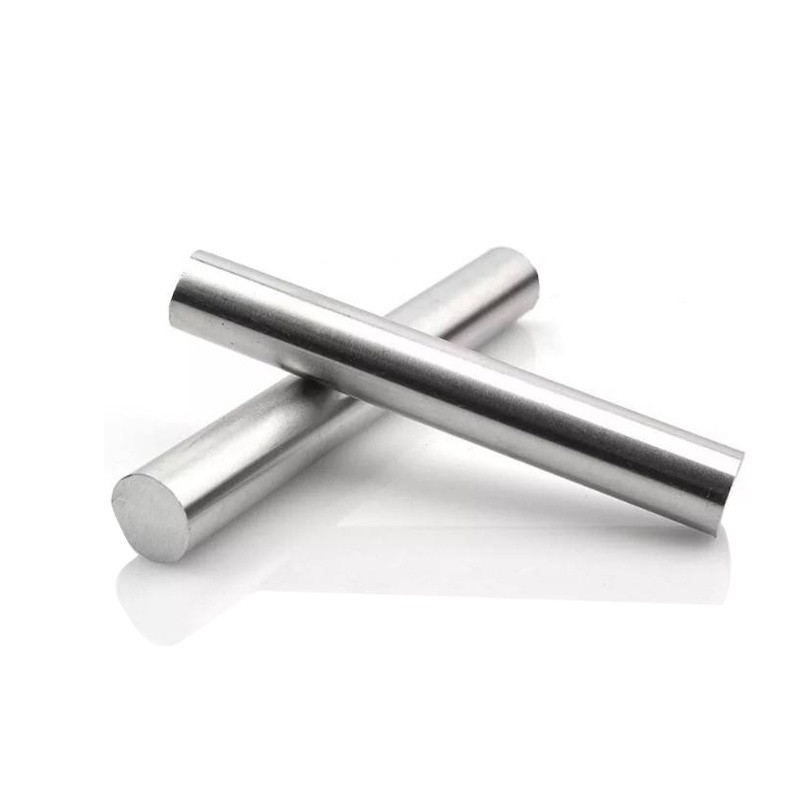
CATEGORIES
FEATURED PRODUCTS
202 Stainless Steel Plate
We offer this product and related grades with 100% factory direct pricing and free quotes available within 24 hours.
APPLICATION SCENARIOS

OUR ADVANTAGE

Certificate of Honor

PARTNER

Our Factory

The 202 Stainless Steel Plate is a prominent member of the 200 series of austenitic stainless steels. It's often recognized for its cost-effectiveness, achieved by substituting a portion of the more expensive nickel with manganese and nitrogen. This strategic alloying makes 202 stainless steel an attractive option for applications where a balance of corrosion resistance, strength, and formability is required without the higher cost associated with the 300 series.
We understand that material selection hinges on a precise understanding of performance. 202 stainless steel offers a unique blend of properties, making it suitable for a wide range of uses, particularly in general purpose applications where moderate corrosion resistance is sufficient. It maintains good mechanical properties, including toughness at low temperatures, and is a popular choice for various manufactured goods and architectural elements.
At Luokaiwei, we pride ourselves on supplying 202 Stainless Steel Plates that meet stringent quality standards, ensuring consistency and reliability for your manufacturing needs. We are committed to helping you leverage the advantages of this versatile material for your specific projects.
Properties of 202 Stainless Steel
To fully appreciate the capabilities of 202 stainless steel, it's essential to examine its mechanical, physical, and chemical properties.
Mechanical Properties
202 stainless steel exhibits good mechanical strength and ductility, which contributes to its versatility in various applications. It also maintains good toughness at low temperatures.
|
Property |
Metric Value |
Imperial Value |
|
Tensile Strength |
520 MPa (min) |
75.4 ksi (min) |
|
Yield Strength (0.2% Offset) |
275 MPa (min) |
39.9 ksi (min) |
|
Elongation (in 50mm) |
40% (min) |
40% (min) |
|
Hardness (Rockwell B) |
96 max |
96 max |
|
Hardness (Brinell) |
241 max |
241 max |
|
Modulus of Elasticity |
193 GPa |
28 x 10^6 psi |
Physical Properties
The physical characteristics of 202 stainless steel are important for understanding its behavior in different environments, especially regarding heat transfer and electrical conductivity.
|
Property |
Metric Value |
Imperial Value |
|
Density |
7.8 g/cm³ |
0.282 lb/in³ |
|
Melting Range |
1398 – 1445 °C |
2550 – 2630 °F |
|
Thermal Conductivity |
16.2 W/m·K (at 100°C) |
9.4 BTU/ft·hr·°F (at 212°F) |
|
Specific Heat |
500 J/kg·K (at 0-100°C) |
0.12 BTU/lb·°F (at 32-212°F) |
|
Electrical Resistivity |
720 nΩ·m |
433 ohm-circ mil/ft |
|
Coefficient of Thermal Expansion (0-100°C) |
17.2 µm/m·°C |
9.6 µin/in·°F |
Corrosion Resistance
202 stainless steel offers good corrosion resistance for general applications, particularly in atmospheric environments. Its chromium and nickel content, though lower in nickel than 304, still provides a protective passive layer against oxidation and various mild corrosive media.
However, it's crucial to note that its resistance to pitting and crevice corrosion in chloride-rich environments, or to strong acids and alkalis, is inferior to that of 304 or 316 stainless steels. This is primarily due to its lower nickel content and absence of molybdenum. Therefore, while it's an excellent choice for many indoor and moderately corrosive outdoor applications, we advise against its use in highly aggressive chemical environments or marine settings where 316 stainless steel would be more appropriate.
Fabrication and Heat Treatment
The fabrication characteristics of 202 stainless steel make it a practical material for various manufacturing processes.
-
Forming: 202 stainless steel exhibits good formability and can be readily deep-drawn, bent, and stamped. Its cold working characteristics are comparable to some 300 series grades, making it suitable for producing a variety of shapes and components.
-
Welding: It is generally considered weldable by common fusion and resistance welding methods. However, like other austenitic stainless steels, care should be taken to minimize heat input to prevent sensitization, particularly in thicker sections, which could lead to intergranular corrosion. For optimal results, low carbon filler metals are often recommended.
-
Heat Treatment: 202 stainless steel is an austenitic grade, meaning it is not hardenable by heat treatment. It can only be hardened through cold working. Annealing (solution treatment) involves heating the material to a specific temperature (typically around 1038°C to 1121°C or 1900°F to 2050°F) followed by rapid cooling to restore maximum ductility and corrosion resistance after cold working or welding.
Dimensions and Parameters of 202 Stainless Steel Plate
At Luokaiwei, we supply 202 stainless steel plates in a range of standard dimensions and can also accommodate custom orders to meet your project's unique requirements.
Standard Plate Dimensions
Our typical stock dimensions for 202 stainless steel plates are as follows:
|
Thickness (mm) |
Width (mm) |
Length (mm) |
|
0.5 – 6.0 |
1000 | 2000 |
|
0.5 – 6.0 |
1219 | 2438 |
|
0.5 – 6.0 |
1500 | 3000 |
|
6.0 – 50.0 |
1500 | 6000 |
|
6.0 – 50.0 |
2000 | 6000 |
Note: For thicknesses exceeding 50mm or for specific custom sizes and coil forms, please contact our sales team. We are equipped to handle specialized requests.
Surface Finishes
The aesthetic and functional properties of 202 stainless steel plates can be greatly enhanced by various surface finishes. We offer a selection of common finishes:
-
No. 1 Finish: A hot-rolled, annealed, and descaled finish, offering a rough, dull surface. It's typically used for industrial applications where appearance isn't a primary concern.
-
2B Finish: This is a cold-rolled, annealed, pickled, and pinch-passed finish. It provides a smooth, moderately reflective surface, widely used for general purposes due to its good balance of appearance and cost.
-
BA (Bright Annealed) Finish: A cold-rolled, bright annealed finish, produced in a controlled atmosphere furnace to maintain a highly reflective, mirror-like surface. It's often chosen for decorative applications and those requiring excellent cleanliness.
-
Polished Finishes (e.g., No. 4, Hairline, Mirror): These finishes are achieved through mechanical polishing processes. They offer varying degrees of reflectivity and are commonly used in architectural, decorative, and specific equipment applications where a high-quality aesthetic is desired.
Chemical Composition of 202 Stainless Steel
The unique properties of 202 stainless steel, particularly its balance of cost and performance, are a direct result of its precise chemical composition. The key characteristic is the partial replacement of nickel with manganese and nitrogen.
|
Element |
Weight (%) |
|
Carbon (C) |
0.15 max |
|
Manganese (Mn) |
7.50 – 10.0 |
|
Phosphorus (P) |
0.060 max |
|
Sulfur (S) |
0.030 max |
|
Silicon (Si) |
1.00 max |
|
Chromium (Cr) |
17.0 – 19.0 |
|
Nickel (Ni) |
4.0 – 6.0 |
|
Nitrogen (N) |
0.25 max |
|
Iron (Fe) |
Balance |
At Luokaiwei, we guarantee that our 202 stainless steel plates strictly conform to these compositional requirements, ensuring consistent material properties and reliable performance for your projects.
202 Stainless Steel vs. Other Stainless Steel Grades
To help you make the best material choice, we frequently compare 202 stainless steel with other popular grades, particularly within the 200 and 300 series.
202 Stainless Steel vs. 304 Stainless Steel
304 stainless steel is the most widely used austenitic stainless steel, known for its excellent all-around corrosion resistance and good formability. 202 stainless steel is often considered a more economical alternative.
|
Feature |
202 Stainless Steel |
304 Stainless Steel |
|
Nickel Content |
4.0-6.0% (lower) |
8.0-10.5% (higher) |
|
Manganese Content |
7.5-10.0% (higher) |
2.0% max (lower) |
|
Corrosion Resistance |
Good (moderate environments) |
Excellent (wider range of environments) |
|
Pitting Resistance |
Moderate (less resistant to chlorides) |
Good (more resistant to chlorides) |
|
Cost |
Generally lower |
Generally higher |
|
Formability |
Good |
Excellent |
|
Applications |
Indoor, decorative, light-duty outdoor |
General purpose, kitchenware, architectural, chemical |
While 202 stainless steel offers a cost advantage due to lower nickel content, its corrosion resistance, especially in harsh or chloride-rich environments, is notably inferior to 304. For less demanding applications, 202 can be a perfectly viable and more economical solution.
202 Stainless Steel vs. 316 Stainless Steel
316 stainless steel is renowned for its superior corrosion resistance, particularly against pitting and crevice corrosion in chloride environments, thanks to its molybdenum content.
|
Feature |
202 Stainless Steel |
316 Stainless Steel |
|
Nickel Content |
4.0-6.0% |
10.0-14.0% |
|
Molybdenum Content |
None |
2.0-3.0% (present) |
|
Corrosion Resistance |
Good (general purpose) |
Superior (especially in chlorides, acids) |
|
Cost |
Lowest of the three |
Highest of the three |
|
Applications |
Indoor, decorative, light-duty |
Marine, chemical processing, medical, harsh environments |
There's a significant difference in corrosion performance between 202 and 316. If your application involves exposure to saltwater, harsh chemicals, or high temperatures in corrosive settings, 316 is the clear choice despite its higher cost. 202 is suited for more benign environments where its cost-effectiveness can be fully realized.
Application Industries for 202 Stainless Steel Plate
The balance of properties in 202 stainless steel makes it suitable for a diverse range of applications, particularly where cost-efficiency is a significant factor, and moderate corrosion resistance is sufficient. At Luokaiwei, we see our 202 plates used across many sectors:
Architecture and Construction
202 stainless steel is widely used in architectural and construction applications, especially for interior elements or outdoor components in non-aggressive climates.
-
Decorative trims and panels: For aesthetic appeal in buildings.
-
Handrails and balustrades: Providing durability and a clean finish.
-
Doors and window frames: Offering corrosion resistance and structural integrity.
-
Column covers and general architectural applications.
Kitchen Equipment and Appliances
Its good formability and adequate corrosion resistance for everyday use make it a popular choice for various kitchen items.
-
Sinks and countertops: For residential and commercial kitchens.
-
Cookware and utensils: Particularly for less demanding home use.
-
Appliance components: Such as refrigerator panels and dishwasher parts.
-
Restaurant equipment: For general use where high-end corrosion resistance isn't paramount.
Automotive Industry
In the automotive sector, 202 stainless steel is utilized for non-critical components.
-
Automotive trim and decorative elements: Where appearance and formability are key.
-
Exhaust system components: In less corrosive sections or for more economical models.
Consumer Goods
Due to its aesthetic appeal and durability, 202 stainless steel is found in many consumer products.
-
Furniture frames and household items: For strength and a modern look.
-
Cutlery and serving ware: Offering a cost-effective alternative to higher grades.
-
Hose clamps and other small stamped parts.
General Manufacturing
202 stainless steel is a workhorse in general manufacturing for various stamped, formed, and fabricated components.
-
Industrial strapping and banding: For securing goods.
-
Railway cars and trailers: For non-structural or internal components.
-
Electrical enclosures and control panels: Where formability and moderate corrosion protection are needed.
Global Price Comparison for 202 Stainless Steel Plate
The price of 202 stainless steel plate is influenced by global commodity markets, particularly the cost of its primary alloying elements like chromium, manganese, and nickel. While it's generally a more economical choice than 304 or 316, its price can still fluctuate.
Factors Influencing Price
-
Raw Material Costs: The prices of ferrochrome, ferromanganese, and ferronickel significantly impact the cost of 202 stainless steel.
-
Energy and Production Costs: Manufacturing costs, including electricity, labor, and operational overheads, vary by region and directly affect the final price.
-
Supply Chain Dynamics: Global supply and demand for stainless steel products, as well as logistical costs, play a role.
-
Plate Dimensions and Finish: Thicker or larger plates, and those with specialized surface finishes, will generally have higher per-unit costs.
-
Order Volume: Bulk orders typically benefit from lower per-unit pricing.
-
Currency Exchange Rates: For international transactions, exchange rates can significantly impact the final price.
Estimated Price Ranges (Per Tonne)
As of late 2024 / early 2025, the approximate global price ranges for 202 stainless steel plate (per metric ton) are:
-
Asia (e.g., China, India): $1,800 - $2,800 USD per metric ton
-
Europe: $2,200 - $3,200 USD per metric ton
-
North America: $2,500 - $3,500 USD per metric ton
Disclaimer: These are approximate price ranges and are subject to change based on real-time market conditions, specific supplier, order quantity, and any additional processing or certification requirements. We strongly recommend contacting Luokaiwei directly for a current and accurate quote tailored to your specific needs.
Purchasing Advice for 202 Stainless Steel Plate
Purchasing 202 stainless steel plate efficiently involves careful consideration of several factors to ensure you receive the right material at the best value. We offer the following advice:
1. Clearly Define Your Application and Environment
While 202 stainless steel is cost-effective, it's not suitable for every environment. If your application involves:
-
Highly corrosive media: Strong acids, alkalis, or prolonged exposure to chlorides (e.g., marine environments, swimming pools).
-
High temperatures where stress corrosion cracking is a concern.
-
Critical structural components where maximum strength and corrosion resistance are paramount.
Then 304 or 316 stainless steel might be a more appropriate investment. Be honest about your environmental conditions to avoid premature material failure.
2. Specify Exact Requirements
Provide your supplier with precise specifications:
-
Dimensions: Thickness, width, and length (or coil weight/length).
-
Quantity: Number of plates or total weight.
-
Surface Finish: Specify the desired finish (e.g., 2B, BA, No. 4).
-
Standards: Ensure compliance with ASTM A240 or relevant international standards.
-
Delivery Schedule: When do you need the material?
3. Request Mill Test Certificates (MTCs)
Always insist on receiving a Mill Test Certificate (MTC) or Material Test Report (MTR) with your order. This document verifies the chemical composition and mechanical properties of the specific batch of material, ensuring it meets the specified ASTM 202 standards. This is your guarantee of quality and traceability.
4. Evaluate Suppliers Beyond Price
While price is important, consider the overall value proposition:
-
Reputation and Reliability: Choose suppliers with a strong track record and positive industry reviews.
-
Technical Expertise: Can they offer advice on suitability for your application, fabrication, or alternative grades?
-
Customer Service: Assess their responsiveness and willingness to assist with your inquiries.
-
Logistics and Delivery: Can they deliver on time and in good condition?
5. Consider Value-Added Services
Some suppliers offer additional services like cutting, polishing, or forming. If you require these, factor them into your overall cost and convenience. Sometimes, it's more cost-effective to get a finished product from one supplier than to source raw material and then pay for separate processing.
Why Choose Luokaiwei for 202 Stainless Steel Plate?
Choosing Luokaiwei means partnering with a reliable and experienced supplier committed to delivering superior stainless steel products. When you opt for our 202 Stainless Steel Plates, you benefit from:
-
Guaranteed Quality and Compliance: We ensure every 202 stainless steel plate supplied by Luokaiwei strictly adheres to ASTM A240 and other relevant international standards. Our rigorous quality control processes, supported by comprehensive Mill Test Certificates, guarantee material integrity and consistent performance for your projects.
-
Extensive Stock and Custom Capabilities: We maintain a substantial inventory of 202 stainless steel plates in a wide range of standard dimensions and finishes, facilitating prompt delivery. Beyond standard sizes, we offer expert custom cutting, special dimensions, and specialized surface finishing to precisely match your unique project requirements.
-
Competitive and Transparent Pricing: Our strong relationships with leading mills and optimized supply chain enable us to offer highly competitive pricing for 202 stainless steel, providing you with significant value without ever compromising on product quality.
-
Dedicated Technical Expertise: Our team consists of seasoned metallurgists and knowledgeable sales engineers who possess deep insights into stainless steel alloys and their applications. We're here to provide invaluable technical guidance on material selection, fabrication best practices, and suitability for specific environments, empowering you to make optimal choices.
-
Reliable and Efficient Logistics: We understand the critical importance of timely delivery. Our robust and efficient logistics network ensures your orders are transported safely and arrive on schedule, minimizing delays and keeping your production lines running smoothly.
-
Unwavering Customer Focus: At Luokaiwei, your satisfaction is our top priority. We are committed to fostering long-term relationships through exceptional service, from your initial inquiry through to post-delivery support, ensuring a seamless and professional experience every step of the way.
Experience the Luokaiwei advantage. Contact us today for a detailed quote or to discuss your specific requirements for 202 Stainless Steel Plate. We are confident that our commitment to quality, expertise, and customer service will surpass your expectations.
Frequently Asked Questions (FAQs) about 202 Stainless Steel Plate
Q1: What is 202 stainless steel primarily used for?
202 stainless steel is primarily used for applications where moderate corrosion resistance and good formability are needed at a lower cost than 304 or 316 stainless steel. Common uses include decorative architectural elements, kitchen equipment like sinks and cookware, automotive trim, and various consumer goods, especially for indoor or light-duty outdoor environments.
Q2: How does 202 stainless steel achieve its properties with less nickel?
202 stainless steel achieves its austenitic structure and good mechanical properties by substituting a significant portion of the nickel with higher amounts of manganese and nitrogen. Manganese acts as an austenite stabilizer, similar to nickel, while nitrogen enhances strength and slightly improves corrosion resistance. This compositional change helps reduce production costs.
Q3: Can 202 stainless steel be used in outdoor environments?
Yes, 202 stainless steel can be used in outdoor environments that are not highly corrosive or exposed to chlorides. It performs well in general atmospheric conditions. However, for coastal areas, environments with high salt spray, or industrial settings with significant pollutants, its corrosion resistance may be insufficient, and higher-grade stainless steels like 304 or 316 would be recommended.
Q4: Is 202 stainless steel magnetic?
In its annealed condition, 202 stainless steel is primarily non-magnetic, similar to other austenitic stainless steels. However, like 304, it can become slightly magnetic when cold-worked due to the formation of martensite in the microstructure. This minimal magnetism typically doesn't affect most applications.
Q5: What are the limitations of using 202 stainless steel?
The main limitations of 202 stainless steel are its inferior corrosion resistance compared to 304 and 316 stainless steels, particularly in chloride-rich environments, strong acids, or alkalis. It's also generally not recommended for high-temperature applications where stress corrosion cracking might be a concern. While cost-effective, these limitations mean it's not a universal substitute for higher-grade stainless steels in demanding applications.
We hope this comprehensive guide has further enriched your understanding of 202 Stainless Steel Plate. Do you have any specific project requirements or further questions we can assist with?







